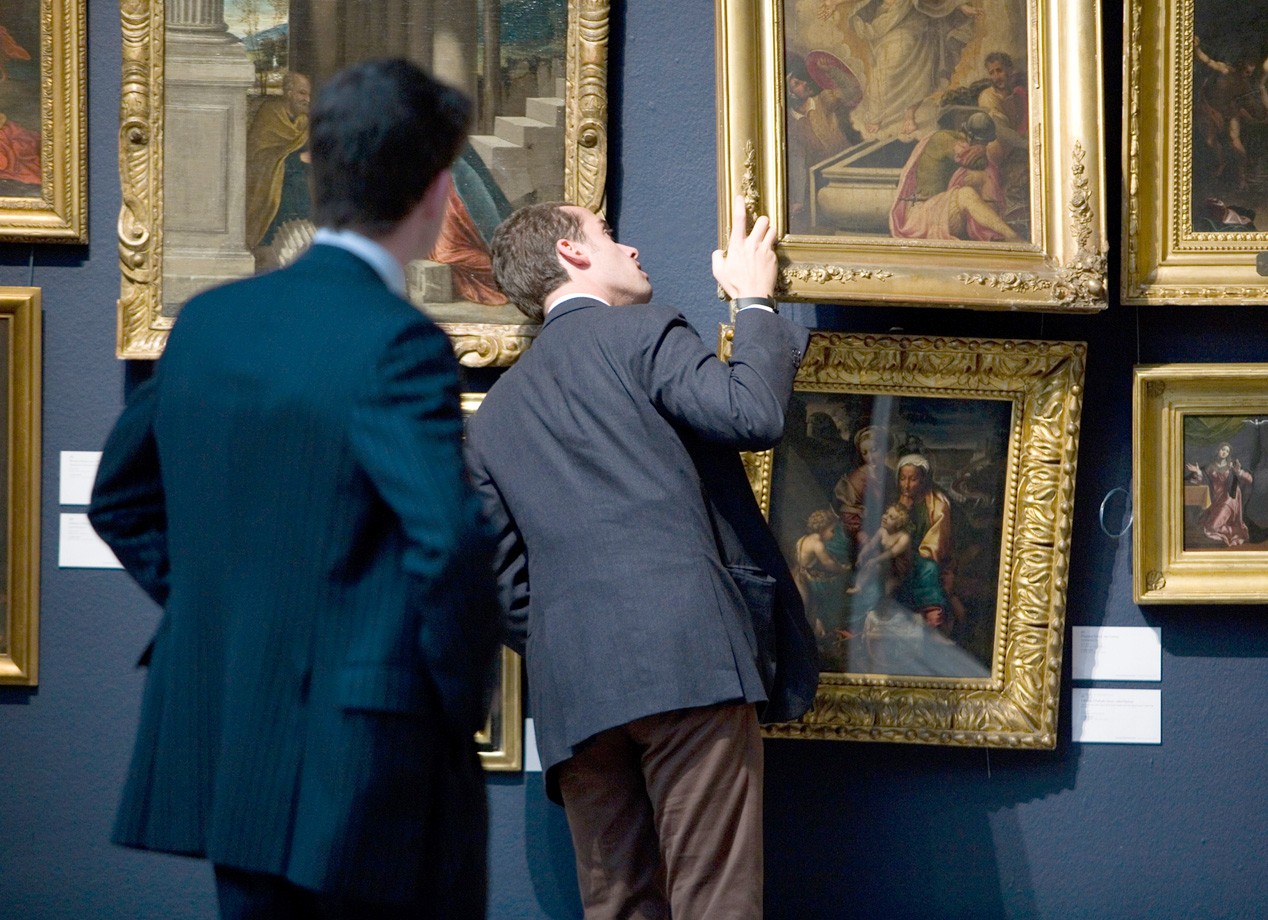Forgery, fakes, theft and other art crimes unveiled by Sotheby's Institute faculty.
The subject of art crime demands a thorough investigation to identify the threats and challenges it presents to our cultural and commercial institutions. In order to understand art crime, it is important to identify the broad range of illegal activities with the potential to emerge within the international art world. From legal and ethical challenges to economic and technological threats. art crime assumes a variety of forms, which makes it an exciting, mysterious and challenging phenomenon that demands further scrutiny.
According to Gareth Fletcher, who leads the online course on Art Crime and is an expert in art and its markets, there are three main facets to art crime:
Theft by deception — forgery, fakes, white-collar crime such as money laundering, the manipulation of ownership histories and the process of illicit trafficking of cultural objects. A Mutual Art article mentions an often-cited statistic that 10 percent of works in museums are fakes.
Theft by larceny — art theft and illegal acquisition of objects from museums/public collections. Historical antecedents of theft by larceny include iconic works — such as the well-known Mona Lisa or The Scream by Munch. Just recently, several works by Vincent Van Gogh were returned to the eponymous Dutch museum 14 years after they were stolen in a brazen heist.
Theft by destruction — socio-economic and political forces have had an impact upon material culture. Cultural restitution and spoliation is not merely a past issue, but lives today in ongoing court cases and the ravages of war-torn countries. For example, ArtNet reported on two busts destroyed by ISIS returning to Syria after they were restored in Italy by a novel method involving 3D printing and powerful magnets.
Dive deeper into art theft and forgery with Gareth on the Institute's Instagram page or take an online course in Art Crime to examine the unique topic and its relationship with the cultural sector and international art market.
